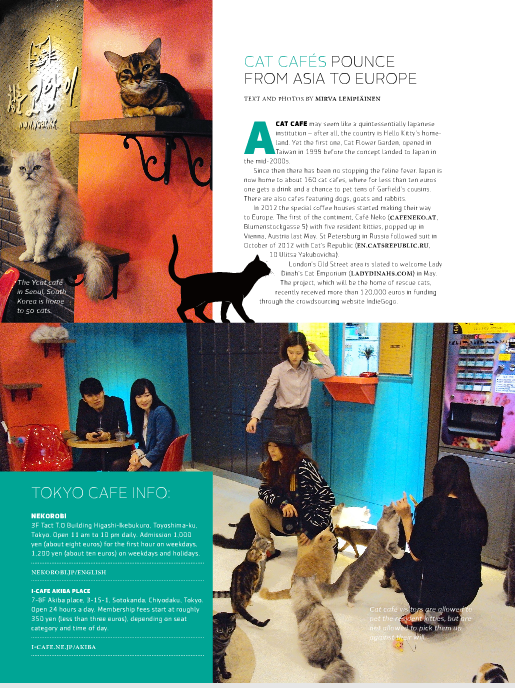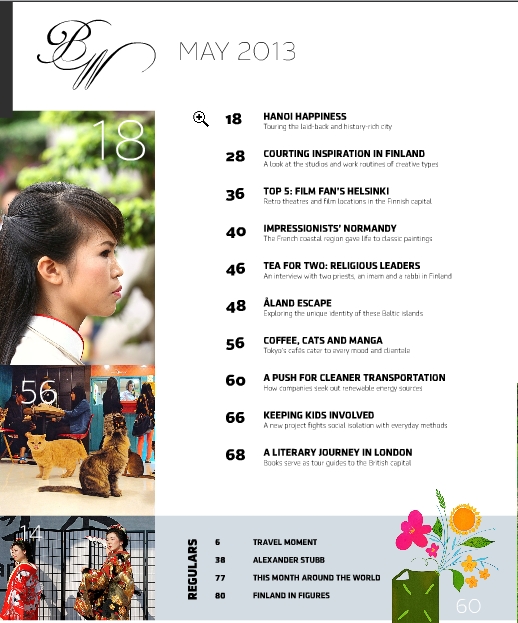This week’s video is very short and simple – just 30 seconds of scenery from Mauritania, a little-known nation I visited last year on my West Africa Tour. Some 75 percent of the country is desert, as is obvious from this video that was shot from inside a shared taxi.
Mauritania has been on my mind lately as a fellow travel writer, Francis Tapon, just spent three weeks there. I’ve been eagerly keeping up with his Facebook and Twitter updates to hear about his adventures. Francis is working on a documentary called The Unseen Africa and plans to spend three years touring the continent. That’s quite the plan!
Francis has his own car, but I mostly got around West Africa with public transportation. In Mauritania that includes the bush taxis, which are usually of the Mercedes make (while in Senegal they prefer Peugeot station wagons and call them by the name Sept-place). The shared taxis take off for their destination when enough people have showed up to fill the car, or when the driver figures he has a good change of picking up the missing number of people along the way.
Shared taxis are a pretty handy and cheap way to get around, and observing the locals’ wardrobe choices is an interesting way to pass the time.
Those of you that speak Finnish can read more about my adventures in Mauritania and the Sahara Desert in this article titled “The Sahara isn’t easy on the tourist” that was published by Finland’s biggest newspaper Helsingin Sanomat last year. Among other places, I visited Cap Blanc, known as the largest graveyard of shipwrecks. By February last year, some of the 300 ships had already been hauled away by the European Union, but quite a few could still be seen in the horizon. This one on the beach is the Moroccan ship United Malika that crashed in 2003. This shipwreck bay was definitely one of the strangest sights I’ve seen in my life.
Have you been to Mauritania or tried out the shared taxis elsewhere in Africa?





